In part 1 of this series I explained just how utterly irrelevant jet fighters that cannot take off and land on rough fields, or at least two lane roads, are in any sort of real war against a “peer” adversary. It truly is not any more complicated than sending some long range missiles at the airbases they are being staged from. However, in that article I briefly mentioned aircraft carriers, which is where things do get somewhat murky.
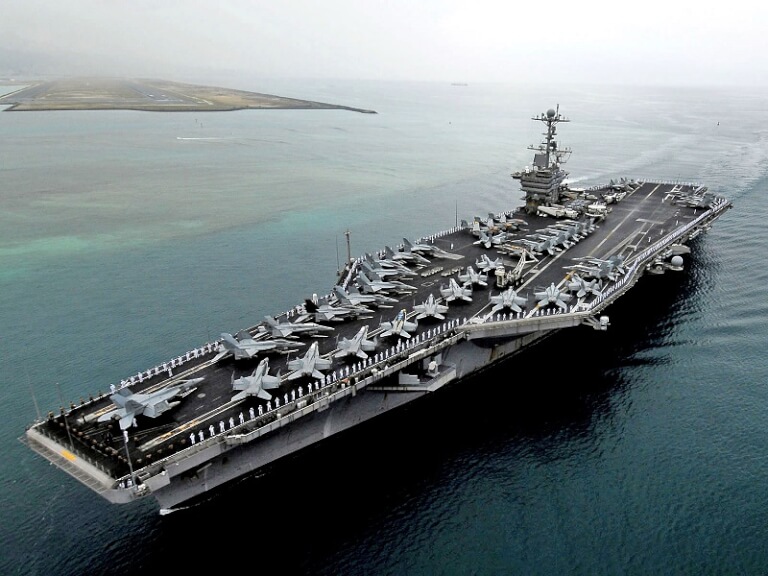 Sink the aircraft carrier, and you’ve sunk the planes onboard the aircraft carrier. It’s pretty easy to understand, but potentially harder to do in practice. Aircraft carriers, unlike ground airbases, are not fixed targets with fixed locations that can be targeted and destroyed by arbitrarily long range missiles. They can move at a constant speed of around 60kmph, or 1km/minute. And this is where I need to explain another often overlooked aspect of warfare, which is that finding stuff (that moves) is actually really hard.
Sink the aircraft carrier, and you’ve sunk the planes onboard the aircraft carrier. It’s pretty easy to understand, but potentially harder to do in practice. Aircraft carriers, unlike ground airbases, are not fixed targets with fixed locations that can be targeted and destroyed by arbitrarily long range missiles. They can move at a constant speed of around 60kmph, or 1km/minute. And this is where I need to explain another often overlooked aspect of warfare, which is that finding stuff (that moves) is actually really hard.

The Earth is a big place. How big exactly? Well by surface area estimations are around 510 million square kilometers. And that actually undersells how hard it is to find things, since submarines and aircraft make use of the vertical dimension, so there’s even more area you need to search. Even still, 510 km^2 is a lot of area to look for things, so how are you supposed to find them?
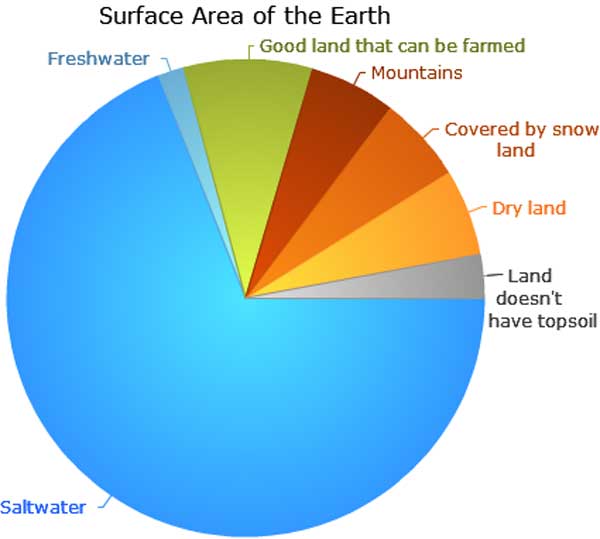
For this piece we’ll focus purely on finding aircraft carriers, since that is what is relevant to this discussion. The earth’s oceans have an estimated surface area of about 361.9 million square kilometers. To use the most extreme example, let’s say that you’re an idiot, and you’re just searching for aircraft carriers in random locations on the globe, what are your odds of finding them?

Let’s start with the absolute dumbest plan, using spy satellites. Contrary to the imagination of tech fags, spy satellites are good for one thing and one thing only, doing surveillance of buildings. You might wonder why that is, well here’s a hardcore lesson on photography. More specifically field of view.
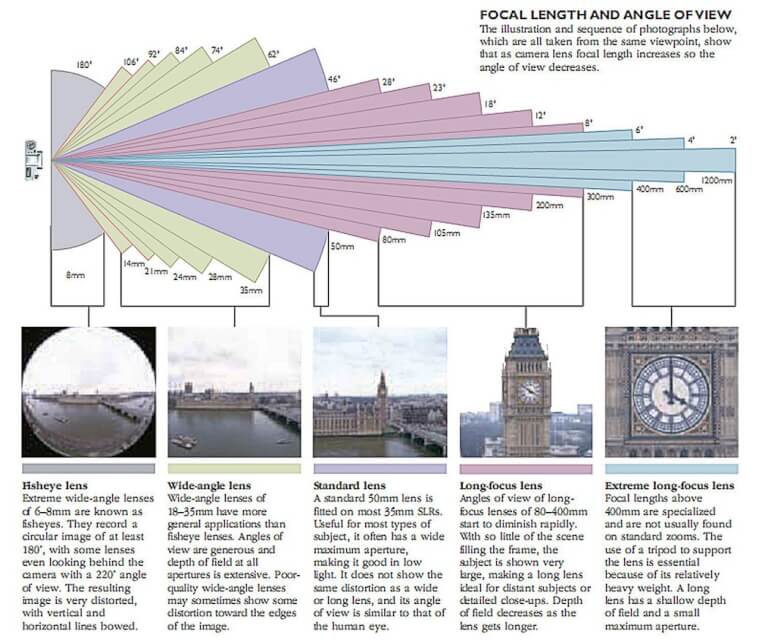
The problem with using satellites, up there at just over 35,000 kilometers altitude in geosynchronous orbit*, is that they have only a minuscule area on the ground which they can observe at any one time. It’s an extreme example of the same thing you can recreate using your smartphone cameras zoom, even ignoring digital zoom (which sucks BTW). The relationship between field of view and magnification is simple, it’s linear.
*I’ll get to the actual altitude later.

If you stand 10ft away from someone and look at them with a camera with a certain focal length, you will notice a certain level of detail. If you stand 100ft away, you will notice less detail. If you then zoom in to recapture said detail, you will only be able to see 1/10th the amount of area that you saw before. There is no getting around this, it is a fundamental limitation of physics.
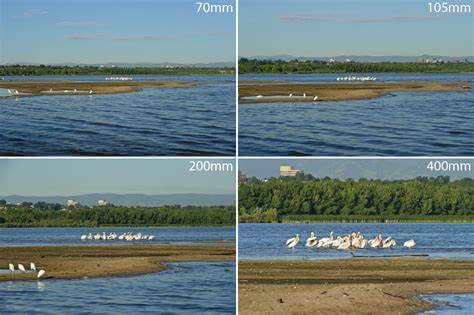
Take a look at these birds here, and especially the fourth picture. Notice how cramped it feels? If the photographer simply moved closer, not always practical I know, they could shoot the birds with the same 70mm angle with as much detail as the 400mm lens, and see a much larger area around the birds.
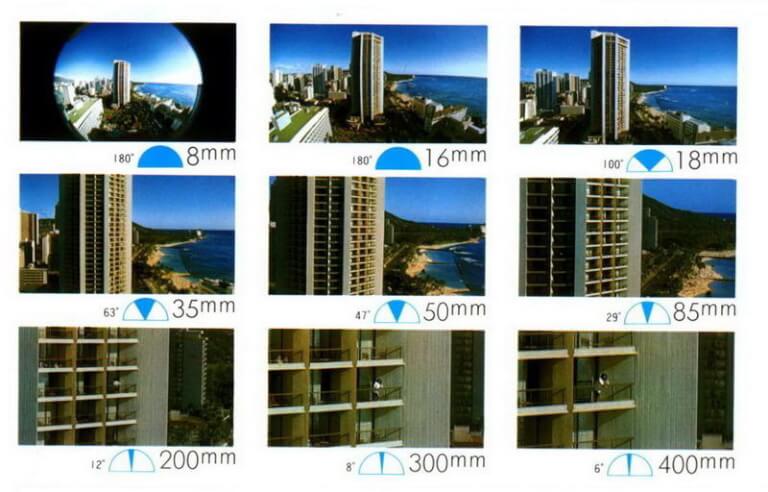
The tradeoff between field of view and magnification is nearly impossible to explain to someone without helpful images, but I hope this has made it clear. There is no magical way to have a camera that is thousands of kilometers away, resolves minute details, and shows a large field of view.
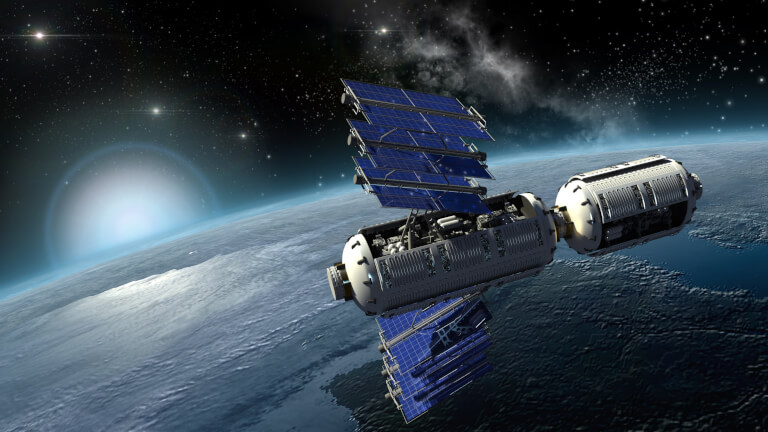
Spy satellites don’t actually go into geosynchonous orbit for a few reasons, but the most obvious is that they wouldn’t be able to see anything. The actual altitude they operate at is between 200-800 km. Even so, they have to choose between looking at a small area with such horrible detail that it’s probably not worth it. Or looking at an even tinier area with enough detail to maybe see something to some practical effect.
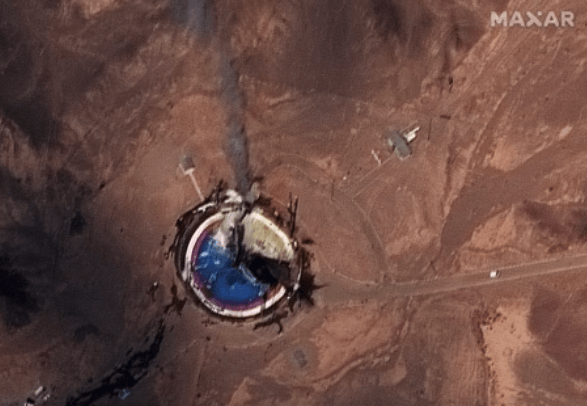
Above is imagery released by the US Military of an Iranian rocket launch. It’s hard to judge the size of things that we’re looking at, in part because it’s hard to make out what we’re looking at in the first place. There appears to be smoke, a rocket launch area, and to the right a road with a white vehicle. Or maybe that’s a truck with a white trailer. Like I said, I can’t really make out what I’m looking at.

Here’s another satellite shot, which I promise you is not cropped. Here we’ve zoomed in so far that we can make out black areas in the square that are probably people. We can also see individual building well enough to recognize them, and at the bottom right we see some of what look like yachts. In exchange, I estimate that we’re looking at something like a 1x1km image. Or in other words, we’re looking at one of the 510 million square kilometers on the earth.

But wait, it gets worse, because you’ll notice something on this picture of the globe. These horrible satellite killers. White, fluffy and utterly obscuring of visual light. Yes, goyim, it’s none other than…

That thing which satellites have no ability to defeat, clouds. As limited as satellites are in crystal clear weather, they are utterly useless when smog, haze, or clouds roll in, since these exist in between the satellite and the object being surveilled. And surveilled is the keyword here, because satellites, contrary to the imagination of Hollywood dipshit screenwriters, have zero ability to find things in arbitrary locations. Their one and only use is in doing surveillance of buildings or construction sites that are already known about, hoping for clear skies, and a lack of haze.

And whomever you are surveilling giving such little care that they don’t bother employing WW2 era smoke makers, used to block bombers views of cities, in order to hide what they’re doing from you.

It’s actually even worse than that. Because of the even lower tech spy satellite destroyer, the camoflauge net.
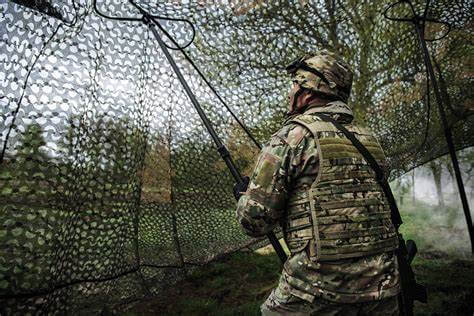
Used to destroy the ability for aircraft to observe ground targets since WW1, the Camoflauge net works just as well on satellites and drones. They also block infrared light just as well. And if you’re thinking this is just for, say, a small group of soldiers usage, here’s an American plant in California from WW2.

You might be wondering where the plant is. Why it’s here, silly.

Put up some poles and string some cheaply made camo nets and you can hide whatever you want from the billion dollar spy satellites just fine. Do it on a rainy day and they’ll never even know you did it. Some buildings, such as nuclear reactors, have height requirements that may not make that entirely practical, but it’s not exactly magic space technology.
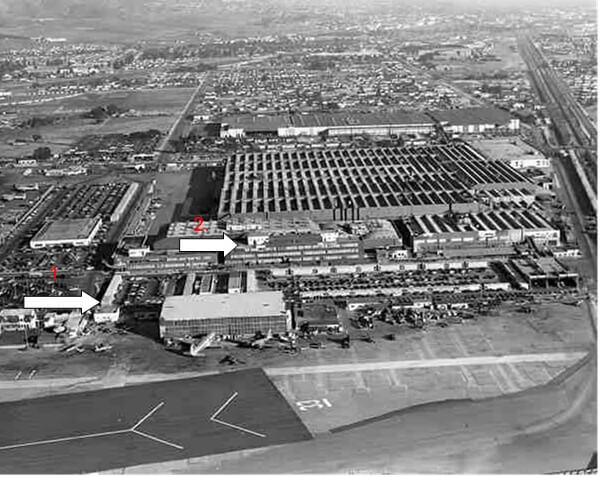
How it started.
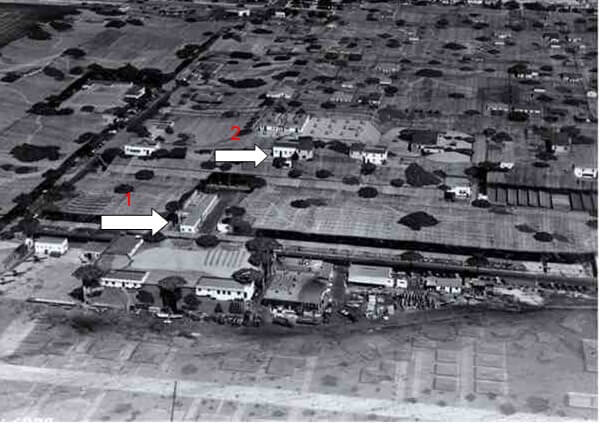
How it’s going.
That particular disguise is incredibly impressive, and you can read more about it here. The point is that hiding enormous areas with nothing more than poles and camoflauge netting is entirely possible, and there’s nothing the spy satellites can do about it. For the most part, militaries don’t even bother doing this, because nobody really gives a fuck about “muh spy satellites,” in the first place. And to the extent that they do, the last thing the MIC would like to do is explain to everyone how easily stymied they were.
That’s not to say that spy satellites are useless, only that they have serious limitations. Once again, they can only look at a tiny percentage of the world’s surface at a time, with any practical level of detail. They need crystal clear skies, with no bad weather. And finally, they need a cooperative enemy that doesn’t give a shit whether you’re looking at them or not.

Here’s the takeaway.
Long range optical imagery, whether obtained from a satellite at 500km altitude, or even a drone at 20km altitude, is utterly useless for anything other than completely immovable and large targets. That means surveillance of buildings, sites, and nothing else. Even then, there are serious practical counters.
Again, I’m not saying that spy satellites are worthless, but people should know that random technical claims of “being able to resolve down to three inches of the earth’s surface,” are intentionally missing the point. You will never find anything that moves, like an aircraft carrier, with the tiny field of view afforded to you from satellites, and even surveillance of known static ground sites is subject to plenty of asterisks.
If searching for an aircraft carrier, even if you could narrow the search area down to 1/10,000th of the entire ocean, you are still looking at an area of 36,000 square kilometers, with a satellite that can effectively search for something that size in chunks of 1 square kilometer at a time, assuming there isn’t any cloud coverage. Good luck with that.
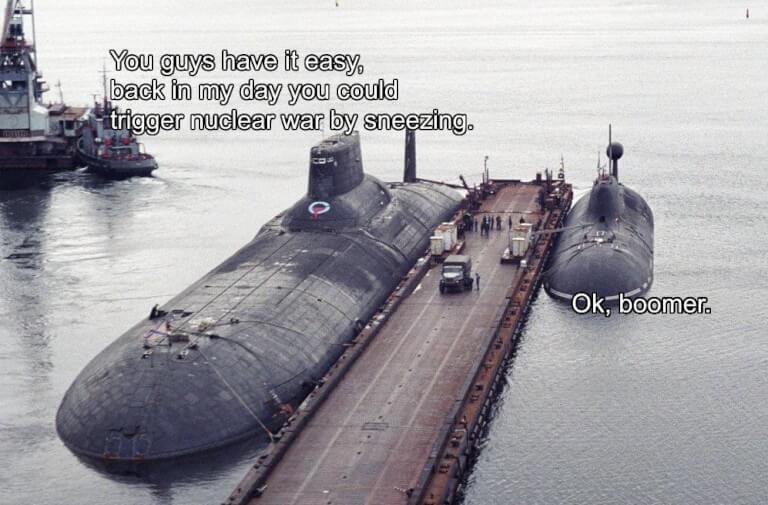
Which brings us to our next option, finding aircraft carriers with attack subs. This brings with it the added benefit of being able to destroy the carriers with the same vehicles that found them, making the quite reasonable assumption that the heavy torpedoes on these subs are not simply there for show. An assumption backed up by the US military abandoning their anti-torpedo torpedoes on their carriers, not because it’s not a concern, but because they just flat out didn’t work.
While sinking a carrier entails far more than simply finding it, you still have to find it first. What is the effective range of a submarine’s detection of an aircraft carrier?

I don’t know, and honestly it’s a really complicated question that I can’t even really begin to answer with any degree of accuracy. I would need to know an enormous amount of classified information, such as the noise produced by a Nimitz class AC at x velocity, coupled with the background noise levels of the sea at y location. There are also practical effects to consider, such as the nuclear submarines being essentially blind when traveling at high speeds, since they are themselves too noisy to hear anything else passively. Then there’s the practical aspects of using active sonar. The distance that the AC can be detected may go up, but at the expense of the attacking subs giving their position away. And I would need to figure out how survivable the submarines are themselves through the entire cycle of detection -> attack -> retreat, plus the percentage chance of success from an attack, which is itself not really a single number, but highly dependent on a lot of variables.

It’s complicated, much more than I even stated here. Below is a video created by a retired US Sonar Technician. It’s fascinating stuff to me, but I can’t pretend to speak with an informed voice on this topic, even if I binge watched all this guys videos, many of which are even more complicated than this one.
https://www.youtube.com/watch?v=GjyNKyaJnu0&t=2s
I actually talked to that guy directly through YouTube once upon a time. It simply revealed to me how much technical information is required to have a merely decent estimation of submarine efficacy, let alone any sort of precise statements like “aircraft carriers can’t operate in x waters if there’s y attack subs in the area.”
https://www.youtube.com/watch?v=x19AYNLD1X4
NOTE: In the time since writing the creator of those videos, former US Navy Sonarman Aaron Amick, appears to have taken down many of his videos, but not all. I do wonder if he got a talking to from someone in the US Intelligence Community, but it could have been a personal choice. His channel is, as of time of writing, still up.
Like I said before, the ocean is a big place. Finding the aircraft carriers is not a trivial task for the submarines. If we assume that these subs can, when going fairly slowly, only hear the carrier group from 5km away, that gives them about 78 square km of detection. If the radius is instead 50km, that gives them 7,850 square km of detection, which is quite the difference. I’m not qualified to say what it actually is, because I just don’t know.
Finding the surface ships is one thing, fighting them is another. Naval warfare is rare these days, but during the Falklands War an Argentinian sub fired multiple torpedos against against British Anti-Submarine frigates while being completely undetected.

German Type 209, a “cost efficient” Diesel-Electric Sub.
And the sub in question was far from some sort of hypermodern technological showpiece. It was a cost efficient German Type 209, long outdated by the time of its deployment, and staffed by petty officers, since the normal crew was over in Germany during the war. The torpedoes that were launched all failed due to manufacturing deficiencies. This was far from a murder machine, and yet it handled the surface navy just fine. From that article.
The San Luis was no super-submarine, nor did it have a super-crew. Yet, benefiting from a competent commander using ordinary tactics, it still managed to run circles around a dozen antisubmarine frigates from one of the most capable navies in the world, and might easily have sunk several warships had its torpedoes functioned as intended.
The Royal Navy, for its part, expended hundreds of expensive antisubmarine munitions and dispatched 2,253 helicopter sorties chasing false contacts—without detecting the San Luis on either occasion it closed within firing range.

My expectation would be that aircraft carriers have pretty poor survivability against attack subs when operating near enough to land to effectively do something. Not zero survivability, and I expect them to have a lifespan measured in at least days, not seconds, but poor survivability nevertheless. Having said that, I simply do not have enough information to make a more educated guess than that.
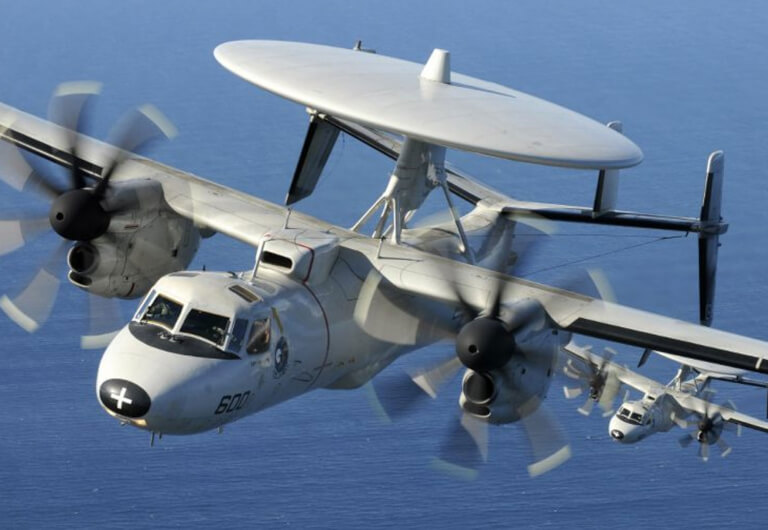
AWACS are also used for detection of airplanes. We’ll get to them in detail in a later installment.
No such reservations are necessary when talking about aerial detection. Aircraft have an enormous advantage when it comes to detecting surface ships, because their metal reflects radar, and the altitude gives the aircraft enormous detection ranges.

What is the distance to the horizon? Assuming your eyeballs are at about 1.6 meters up, the distance to the horizon is just 4.96 kilometers. But that’s just the horizon. An aircraft carrier like the Nimitz has the top of the mast reach over 200 feet, and the flight deck itself is about 60 feet up. Since the conning tower is far smaller than the rest of the ship, I’ll be charitable to the AC and ignore it. At 19 meters altitude, the ship can be detected by someone with their eyeballs literally on the ground at a distance of 17.1 kilometers. Until we get to extreme angles, the math works purely through addition, and the distance that a normal person can start to see the flight deck of a Nimitz AC is about 22 kilometers. If you’re curious, you can find a calculator for all this here, and another here.
If we instead hop into a plane, and start cruising around at an altitude of just 1,000 meters, or about 3,300 feet, we can detect the AC from a distance of around 130 kilometers away. Pop up to 10,000 meters, or about 33,000 feet, and our detection distance is about 370 kilometers. Airplanes have the ability to fly at high enough altitudes that their detection of aircraft carriers is probably limited by the practical power and size limitations of the radar they are carrying.
Although aircraft carriers are enormous targets, and AWACS are planes dedicated to their radar, the signal strength of radar falls off not with the square of distance, but the distance taken to the fourth power. I’m not sure that any AWACS can actually detect AC’s from that distance, but I hope this illustrates the massive advantage that altitude brings when it comes to detection.
Aircraft are so effective at detecting surface ships for two reasons. The first is simply that they can, through altitude, have direct line of site to them from quite a distance. The second, is that aircraft, even the slowest prop planes and helicopters, can cruise around at high speeds, covering enormous amounts of ground. Frankly, aircraft can so easily detect the carriers that you could rip out the radars and just send out a whole bunch of planes to look for them visually in a certain area. Not that you should, just that saturation of a large area is possible with aircraft to an extent that nothing else can come close to matching.
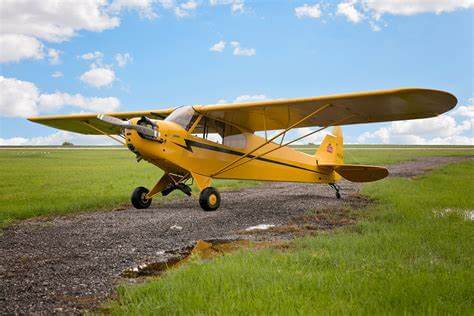
You could even use patrols of these things. Give ’em a radio and they’re all set.
Before anyone points out that I already said that unserious countries (America) are going to have their fighters destroyed with missile strikes, you don’t need jet fighters to do missile strikes of your own against aircraft carriers. Massed attacks of fixed landing gear aircraft that can take off from rough fields will more than do the trick, and I’ll explain that later. Unfortunately, before we get to that I need to spend another thousand words explaining why long range, over the horizon anti-ship missiles are mostly LARPs.
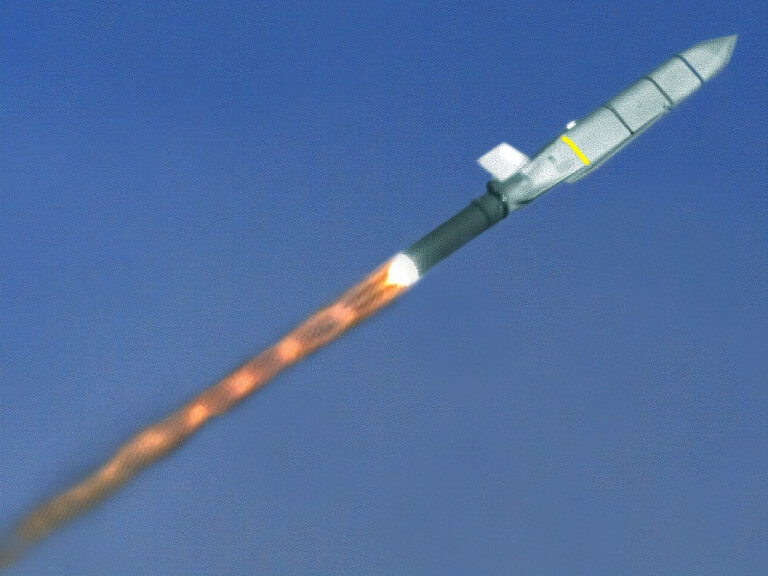
We’ll cover this more in the piece on tactics, trust me. I said in the first piece that missiles are effective against airbases, and that’s pretty much an incontroversial fact. However, missiles suck against moving targets, for a few reasons. The first reason, and probably the most important, is that once again, finding things that move is hard.

510 million km^2 and all that.
As mentioned earlier, the distance to the horizon at 100 ft altitude is about 20 kilometers. If you’re looking for an enemy ship at about that height, you can double that to around 40km. However, any further than that, and you have absolutely no way of finding these ships in the first place, without resorting to aircraft, submarines, or some other as of yet undiscovered system. If you have some 500 km range anti-ship cruise missiles stashed away on shore, how are you supposed to target the enemy ships if you can’t even find them in the first place?
The same goes for ship borne anti-ship missiles, abbreviated as ASM from here on out. The only semi-reasonable method they could have to destroy enemy ships from ranges in excess of visual distance is to be a part of some complicated system where your airplanes are giving you the targeting info, and using that to fire the missiles.
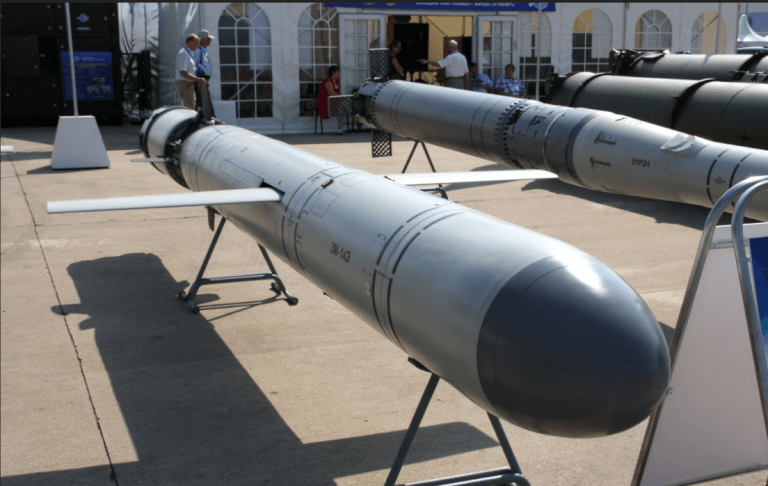
The problem is that (over the horizon) missiles grow in weight exponentially as they move up in range. This is for the practical reason that their speeds need to drastically increase in order to have any reasonable chance at hitting what they’re fired at.

Below we have the following short range anti-ship missile, the Anglo-French Sea Venom. It weighs about 240 lbs, and has a range of up to 20km. The warhead weighs 66 lbs, and it’s designed to be fired from a number of different platforms.
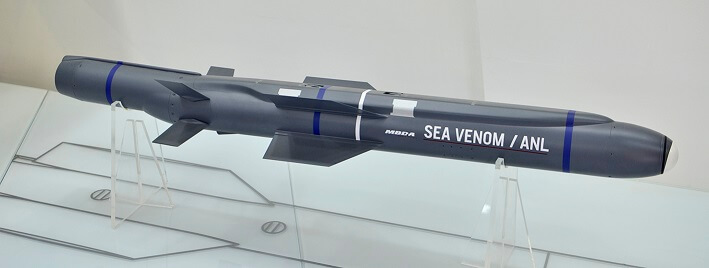
These types of ASM’s are plentiful, and for good reason. Their relatively low speeds are entirely irrelevant, since they are close enough to the targets that the target can’t maneuver much. With a cruise speed of about 900 kmph, which is 1 km/4 seconds, it can hit its maximum distance target, 20 km away, in just 80 seconds. Even with an aircraft carrier speed of 60 kmph, or 1km/m, it could only be in a 4.9 km^2 area by the time the missile got there. And of course, the missile can see its target the entire way, which makes maneuvering irrelevant, since the missile can react in real time and never loses sight of the ship. Even still there are complications with radar battery life, and other things of that nature, but these missiles are proven to work.
In contrast, if we blimped up the missile to start shooting it over the horizon, it could no longer track the target the entire distance. Even if we popped it up to high altitudes, missiles are strongly limited in terms of radar power by the battery in the missile, which, for air to air missiles, typically lasts only a few seconds. Additionally, you simply cannot put a radar the size and strength of an AWACS in a missile, not even close.
At 900 kmph, if this missile is being fired on a target that is 200 kilometers away, it will now take 13:20 minutes to get there, and the missile won’t be able to respond to changes in velocity for the ship its targeting until the last few seconds when its radar can activate without draining all the battery power and we are over the horizon. As a result, the area the ship can be in grows exponentially to 490 square kilometers. In other words, even basic maneuvers essentially kill our missiles hit probability.

USN RIM-174
The “solution,” to this, where by solution I mean “complete LARP,” is countries simply increase the speed of the missiles substantially. This causes exponential weight growth, since higher speeds require exponential thrust to overcome exponential drag. As one of many examples there exists the US Navy’s RIM-174 anti-ship missile. It has a range of 330 km’s, which I don’t actually believe, and a weight of 3,300 lbs. The top speed is (allegedly) 4,287 kmph, or 1.2 km/s, which I also don’t believe, but let’s pretend anyway. In that case, it takes less than five minutes to hit a target at max range, and needs only to search an area of 78 km^2. Assuming that the insane bullshit on Wikipedia about this missile’s specifications is actually true.

There is no getting around that long range missile require exponential weight, volume (quite important on a ship or plane), manufacturing cost, fuel consumption, etcetera, all to have poor chances of hitting enemy ships even when taking optimistic manufacturer performance claims at face value and queued from a complicated system involving aircraft anyway. If you’re curious, the longest range anti-ship missile that ever hit successfully in real life was an Iranian ship that hit an Iraqi ship in the Iran-Iraq war from about 30 km away.

The other problem with gigantic missiles is that it becomes impossible to stick them onto planes. Practical air to air missiles have maxed out at about 500 lbs, with the US AIM-120D weighing just 330 lbs as the USAF’s longest range AAM. There are many very realistic reasons why larger missiles are not simply not worth it, but a complete LARP in A2A combat, and for similar reasons the same is true for anti-ship combat. Aircraft skimming over the seas cannot be detected by Aircraft Carriers until close range. If the plane is at 3 meters over the sea, even with the radar at the top of the conning tower at an altitude of 60 meters, the ship still cannot see the plane until a distance of 34 kilometers. And frankly, said ship is giving its position away by turning the radar on in the first place, something only done by the stupid or desperate.
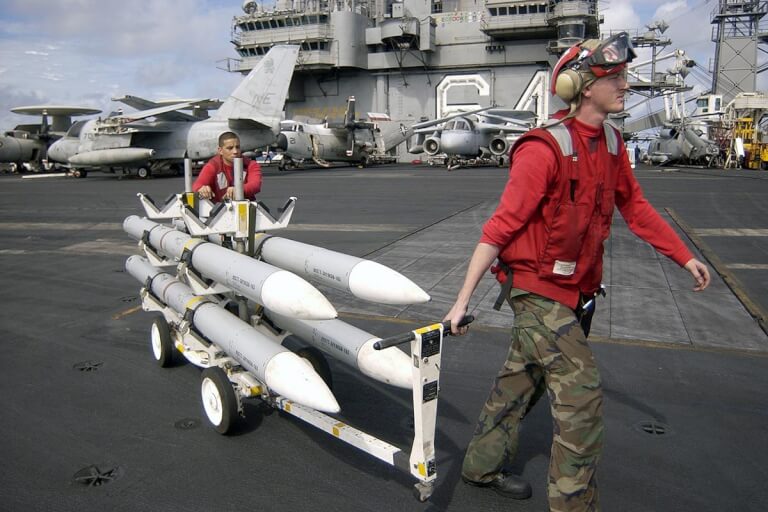
AIM-120D
Building a lightweight missile with a range of greater than 34 kilometers is, frankly, trivial. While the stated ranges of A2A missiles are highly misleading, which I’ll get to in the tactics piece, that’s because fast, maneuvering airplanes can effectively bleed energy from missiles, drastically reducing their effective range. Ships traveling at 60 kmph are most certainly not that. The optimal design of an AAM requires great speed and range for its weight. In contrast, the optimal ASM design mostly just requires a large payload. I mean, we’ve got plenty of range to spare*, and who cares if it flies at 2000 kmph versus 3500 kmph, the ship ain’t outrunning it anytime soon.
To quickly explain that, AIM-120D has a stated range of up to 160 km. That should be interpreted as the range at which a fighter flying at Mach 2 at 60,000 ft altitude could maybe, just maybe get the missile to reach on the ground. While manufacturer claims have to be taken with a large grain of salt, missiles with actual effective ranges of up to 40km are not difficult to make in the slightest.
Queuing up the actual AIM-120D on ships isn’t quite the best we could do, but designing relatively lightweight ASM’s that planes can fire at these ships from outside of detection range is fairly trivial, making long range ground/ship based ASM’s redundant, even assuming that they somehow work.
And even assuming that they did work, they would still be impractical. Airplanes have massively greater effective ranges than the missiles, because even if you designed a long range missile that actually had a range of 200 km, the enemy ships can still operate within 200 km of your coastline unless they happen to be exactly perpendicular to you. The only solution to that would be to build an enormous amount of ASM nests all up and down your coast. In contrast, simple prop driven planes with speeds of 300 kmph and 5+ hour endurance can fly to wherever the ships are and then fire missiles with 40km range or so at said ships. They can also fly to different, pre-built airbases ahead of time, even from one side of the country to another.
The takeaway here is the following.
Over the horizon (>40km) missiles fired at moving targets are, at best, entirely unnecessary. The job they do is done better by planes, even prop driven planes armed with relatively short missiles. They have terrible effective ranges for many practical purposes, and you still need aircraft to find the targets for them anyway. If your airbases are destroyed, they’re worthless. If your airbases are not destroyed, just use airplanes.
This all assumes that they even work, which has never been proven in actual combat.

That was quite the aside, wasn’t it. I promised a thousand words and I think I hit double that. It also went somewhat counter to my original point, and the point of this series. Fighter planes are jokes, but aircraft carriers are at least somewhat serious business. Their survivability, a combination of being found and destroyed, against submarines I simply can’t answer. Their survivability against enemy airplanes is probably fairly poor.
However, at least they can somewhat fight back by using their own aircraft to defend themselves. Aircraft Carriers can have dedicated ASW planes takeoff from them and drop sonobuoys(portable sonar) into the water to hunt for subs, as well as anti-submarine torpedoes. Similarly, Aircraft Carriers can have constant fighter patrols overhead which can defend them against incoming attacks from enemy airplanes.
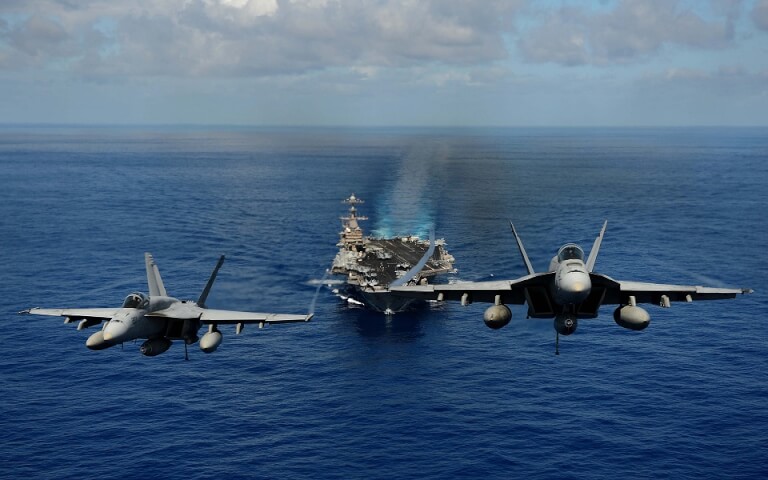
Two F-18’s protecting the mothership.
Except actually not, because the modern aircraft carriers don’t have constant overhead fighter patrol like the WW2 fighter planes. Instead their plan is to have planes on the deck ready to scramble if they come under attack.

Yes, it really is that stupid, but the stupidity is shared between the US Navy and the fighter plane designs themselves. You see, modern fighter planes guzzle down fuel like politicians guzzle down their donors cum. A Nimitz class Aircraft Carrier contains about 3 million gallons of fuel, which equates to about 21 million pounds. Surely, with 21 million pounds of fuel onboard, we can afford to fly our jet fighters constantly, right?

You’re adorable. Nimitz class AC’s contain about 50 fighter, along with other plane types. Those fighters, F-18 “Super” Hornets, are consuming around 20,000 lbs of fuel per mission, which will last only about one hour, maybe two. I’m skipping ahead to our next installment, logistics and resource consumption, but it’s important here as well. At 20,000 lbs of fuel consumed per hour, even with 21 million pounds of fuel onboard, you only get about 1,000 hours of flights out of your 50 “Super” Hornets. That’s just 20 flights per hornet.

Since these missions are so short, fighter planes fly multiple times per day. Up to 11, flown by the French in Libya, but regularly 5 or more in combat times. Except that if you are flying all your F-18 (Shitty) Hornets 5 times per day, you get a whopping 4 days of flight before your aircraft carrier is bone dry of aviation fuel, and you have to go back to port.

Which is why admirals don’t actually do that. Instead they opt for the also hilariously unrealistic LARP of having a fighter or two ready to take off from the deck, so that after you get pummeled with dozens or even hundreds of missiles from a massed attack, you can have those two guys takeoff and wave back at the crew and thank everyone for having such a great time.

The atrocious fuel consumption of modern fighter planes is only partially a result of the turbojet* engines they have. It’s also, and potentially mostly, because they have blimped up to comically large sizes, with comically large fuel requirements, for no justifiable reason other than allowing the Military Industrial Complex to shove more hyper-expensive shit into the planes so that they can profit off of them.
*Yes, I know. Technically ultra low bypass turbofans.

Imagine the carrier exploding and the picture is more realistic.
Do you know how long typical aircraft carrier’s go in between refueling? Up to one year. That’s one year without getting to refuel on aviation gas.

When you have four days of fuel at combat sortie rates onboard.

Meaning that you only get 1,000 sorties from those 50 F-18’s in an entire year.

Meaning that you are averaging less than 3 per day.

And each of them lasts about one hour.

Meaning that, at best, you get a single fighter plane above you in the sky for three out of 24 hours of the day.

Because in their greed, the US MIC made a plane that consumes 20k lbs of fuel in a single hour.

You only get to have 3 of 50 planes flying per day. Which means that the average fighter pilot has to wait almost 17 days in between one hour flights.

I should note that this wasn’t nearly as crippling of a problem on the old WW2 Aircraft Carriers, since the piston powered prop planes they flew, which were drastically smaller I might add, did not slurp down that yummy fuel like Lindsay Graham slurps down Mexican Ladyboy jizz.
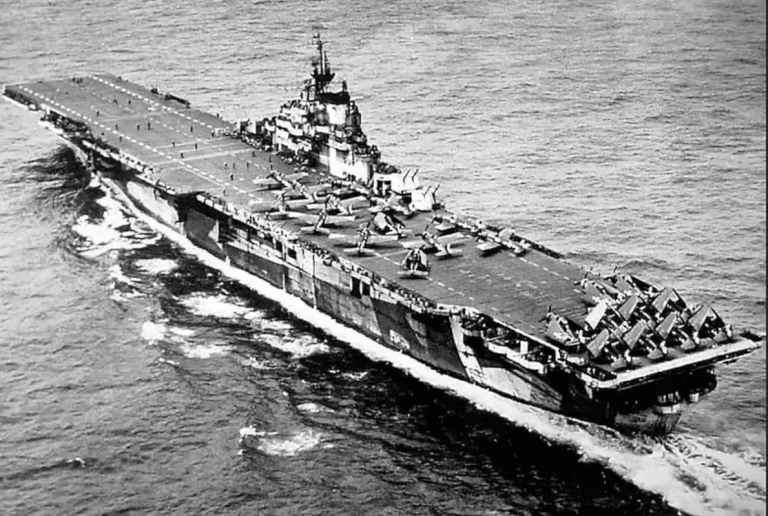
Even if you shortened the deployment time of the aircraft carrier to three months, you’re still only letting those fighter pilots fly their plane once, for about one hour, every four days. And you can still only budget a single fighter in the sky for 12 out of 24 hours in the day. If you shorten the deployment down to just a single month, you’re still only able to fly each fighter once every 1.4 days, although you do manage to get a single fighter patrolling overhead. Hope they attack from whichever side he’s on, and in small numbers, bro.

Even if you shortened the deployment down to a single week, which you could maybe do by steaming the ship to the combat area, not flying the jets until you got there, fighting for a week, and then turning around and heading home. Even if you did that, you’d still only get about two flights per fighter plane per day, each of which lasts just a single hour. And after that, you’ve got to turn around and steam back to your naval base for another 21 million pounds of aviation fuel.

USN oiler refueling the aviation fuel on a Wasp Class Carrier.
There is of course, a potential solution. The above picture is of a WW2 era aircraft carrier being refueled by an oiler. This actually happened after WW2, but the idea remains the same nowadays. It’s not impossible to have ships filled up with fuel going back and forth from wherever your naval bases are located. Well I mean, unless those naval bases are destroyed. Or wherever you are congregating the fuel gets destroyed. Or your oil/refining gets taken out. I mean if all of that is fine, you can transport the fuel tankers across the ocean to your absurdly thirsty aircraft carriers.
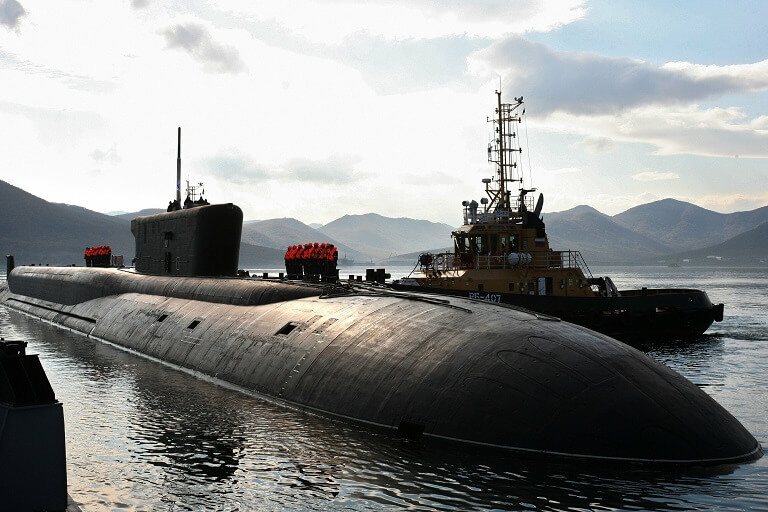
Maybe. It may well be impossible to have these ships crossing the open ocean without heavy sub escort or, ironically, carrier escort. And even to the extent that this is made somewhat possible, with a manageable percentage of losses, if your fighters are consuming 5x more fuel than they ought to be, you need to get refueled by these oilers 5x more often. Or you simply fly your planes 1/5th as much, or some combination of the above.
But I’m getting ahead of myself. The next piece is where we look at logistics and the strategic implications of “fighter” planes that consume comical amounts of fuel for absolutely no good reason.

SUMMARY
Aircraft carriers move, making them infinitely more survivable than airbases, which are fixed, unhideable targets that can be destroyed with long range missiles. However, infinity times zero is still zero, and the survivability of aircraft carriers depends strongly on how well they can evade detection and destruction from submarines. Even if that is done, they can be detected easily by aircraft, and destroyed with other aircraft. Theoretically they should be able to fight back against this, except that the modern ones contain fighter planes that consume such atrocious amounts of fuel that they can’t actually do this. To the extent that they try, they need highly fragile transportation of tens of millions of pounds of aviation fuel from across entire oceans.
Even if all of that goes right I didn’t even get into how little they actually achieve, since I didn’t have time, and that didn’t belong in this piece. Suffice to say, very little. But at least they’re not getting immediately nuked with ICBM’s in the first five minutes of WW3, so aircraft carriers have that going for them.

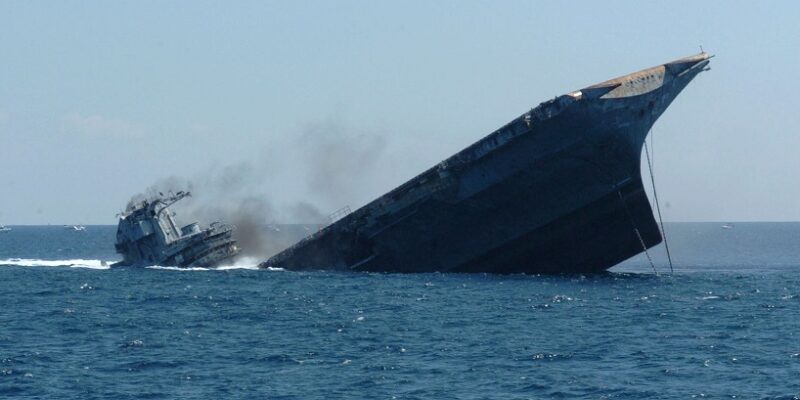







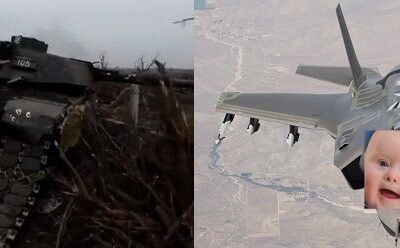





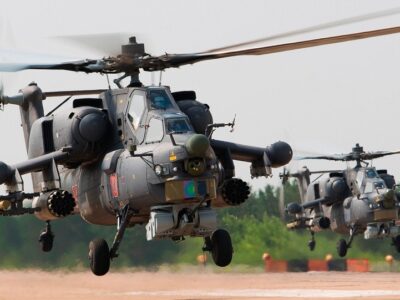
Good article!
Good analysis. One thing I didn’t see mentioned is the deck cycle of a carrier. Launching an “A” strike package off of a carrier deck takes around 30 minutes. Recovering that strike package takes 45 minutes at a minimum. During those time periods, the carrier has to steam into the wind and keep its deck level. Which means no maneuvering and makes its position very predictable for those time periods.. Another thing to consider is that you don’t have to see the carrier on your radar to find it. You just have to see where it’s aircraft are coming from.
Yep, there’s lot of problems with Aircraft Carriers, especially the modern versions.